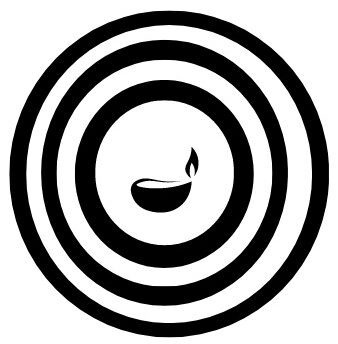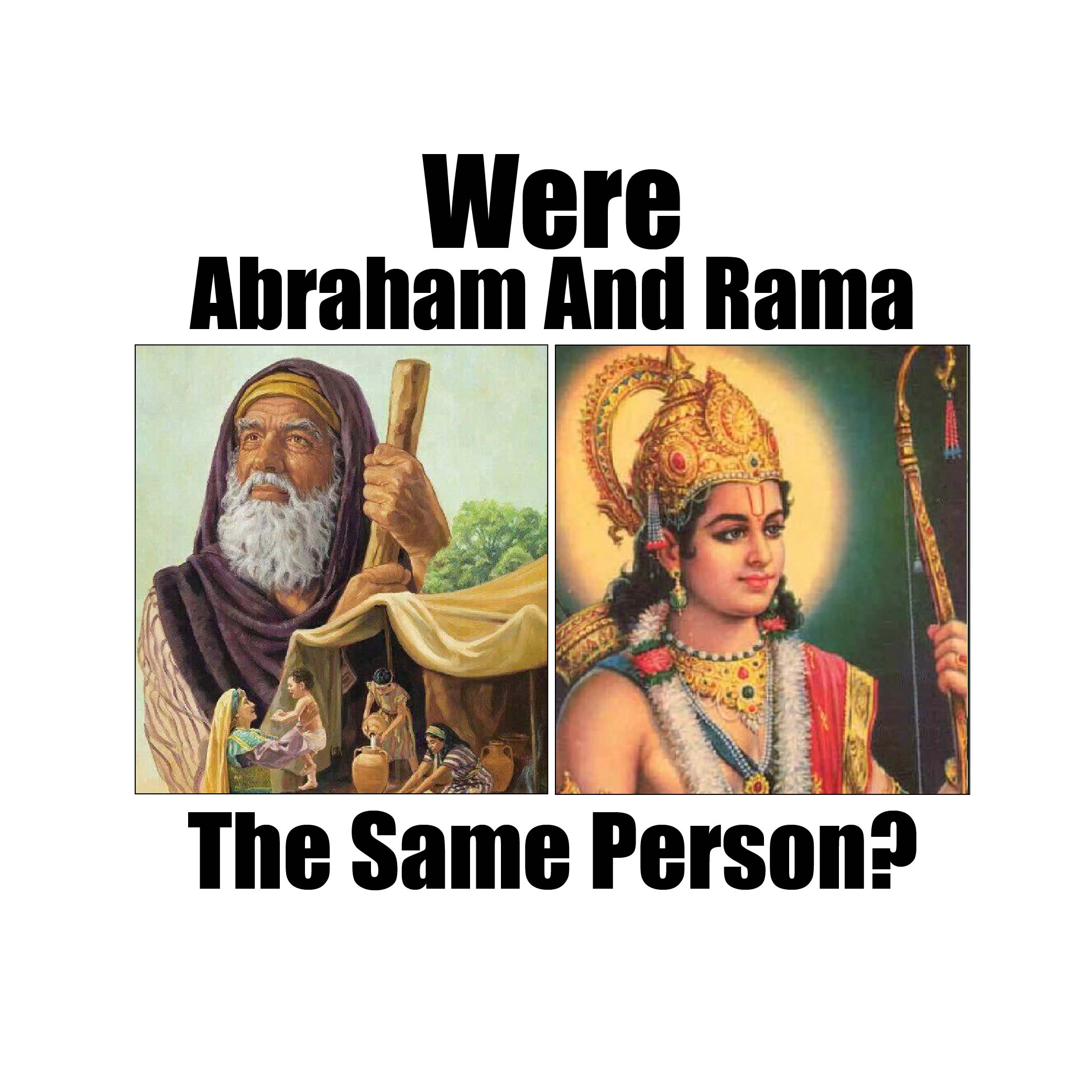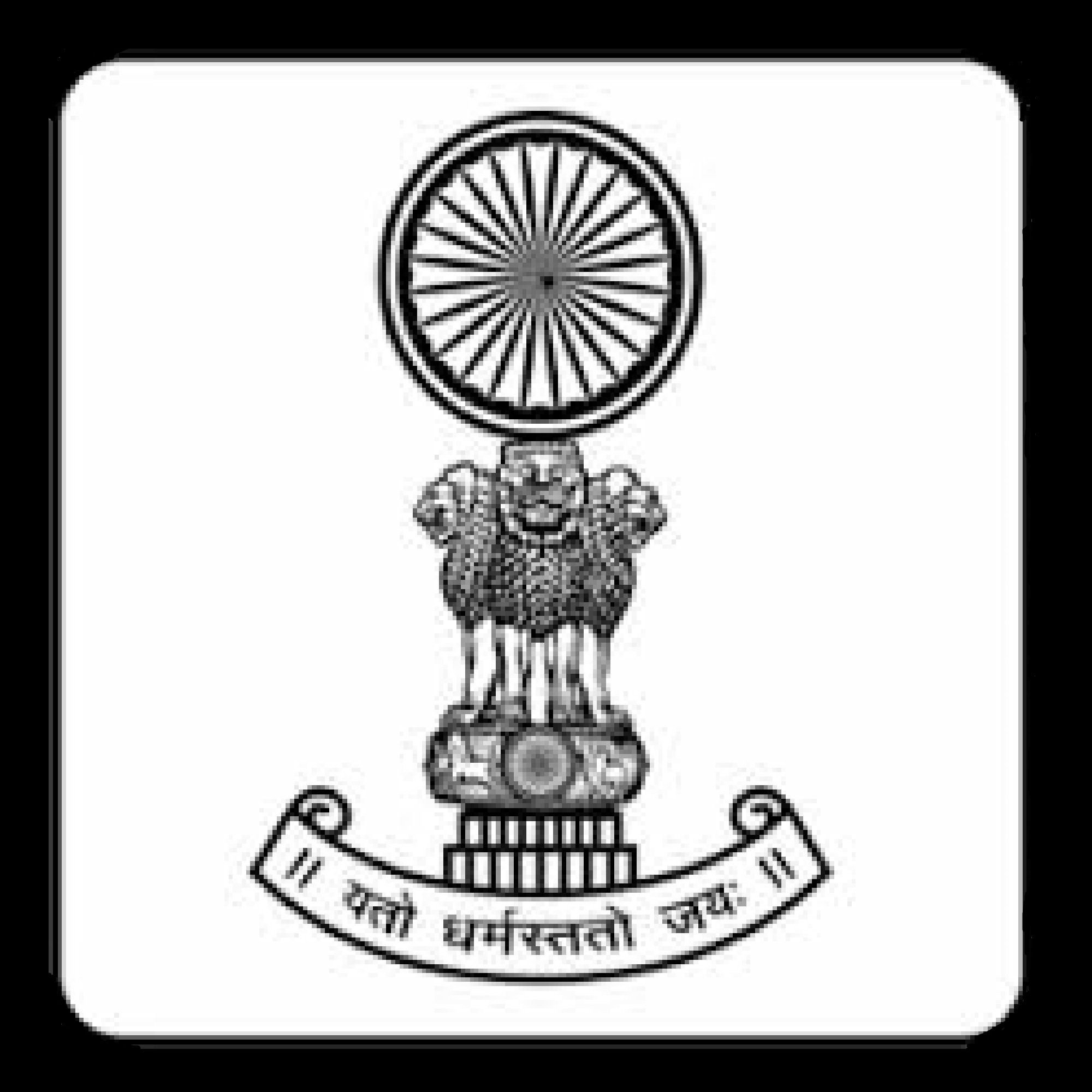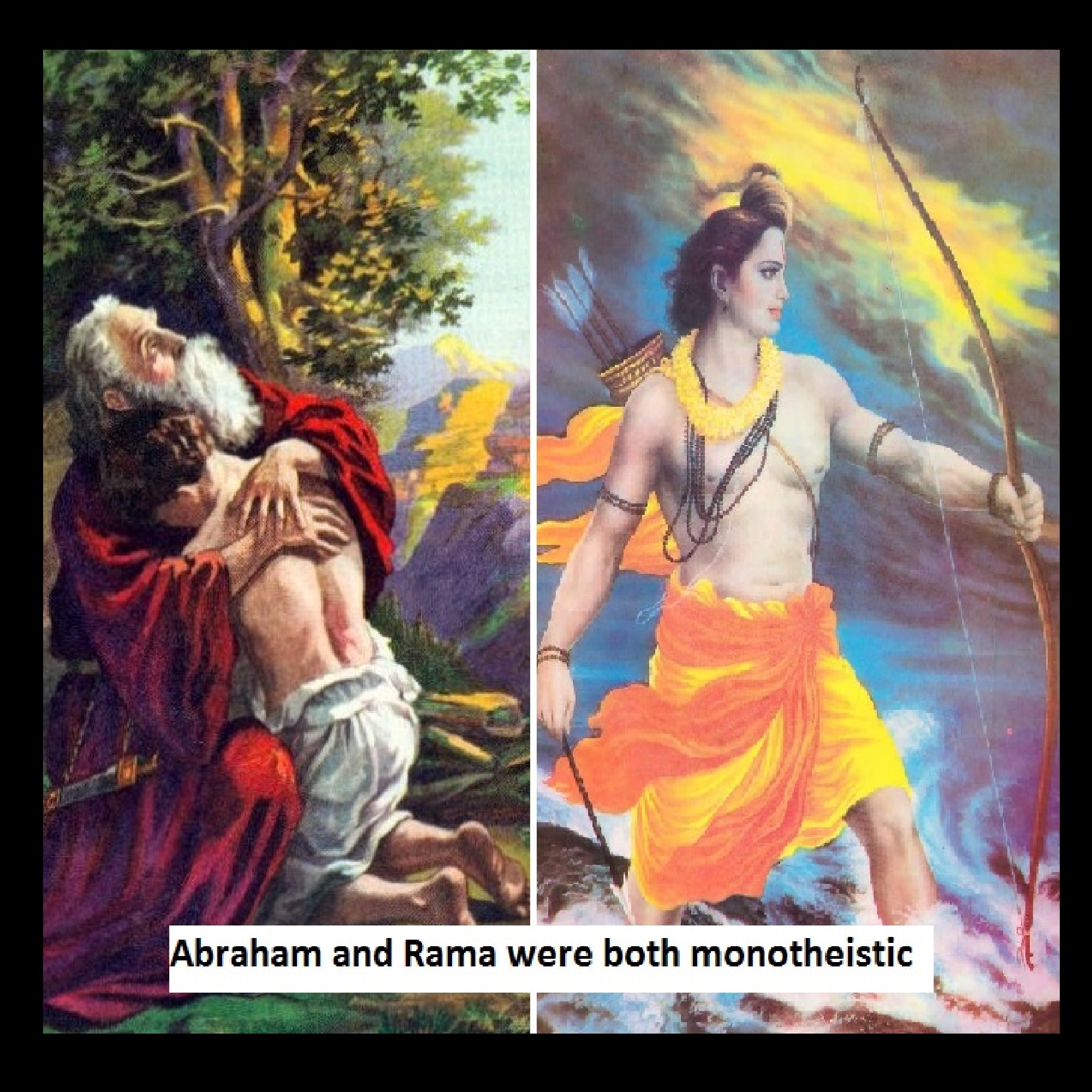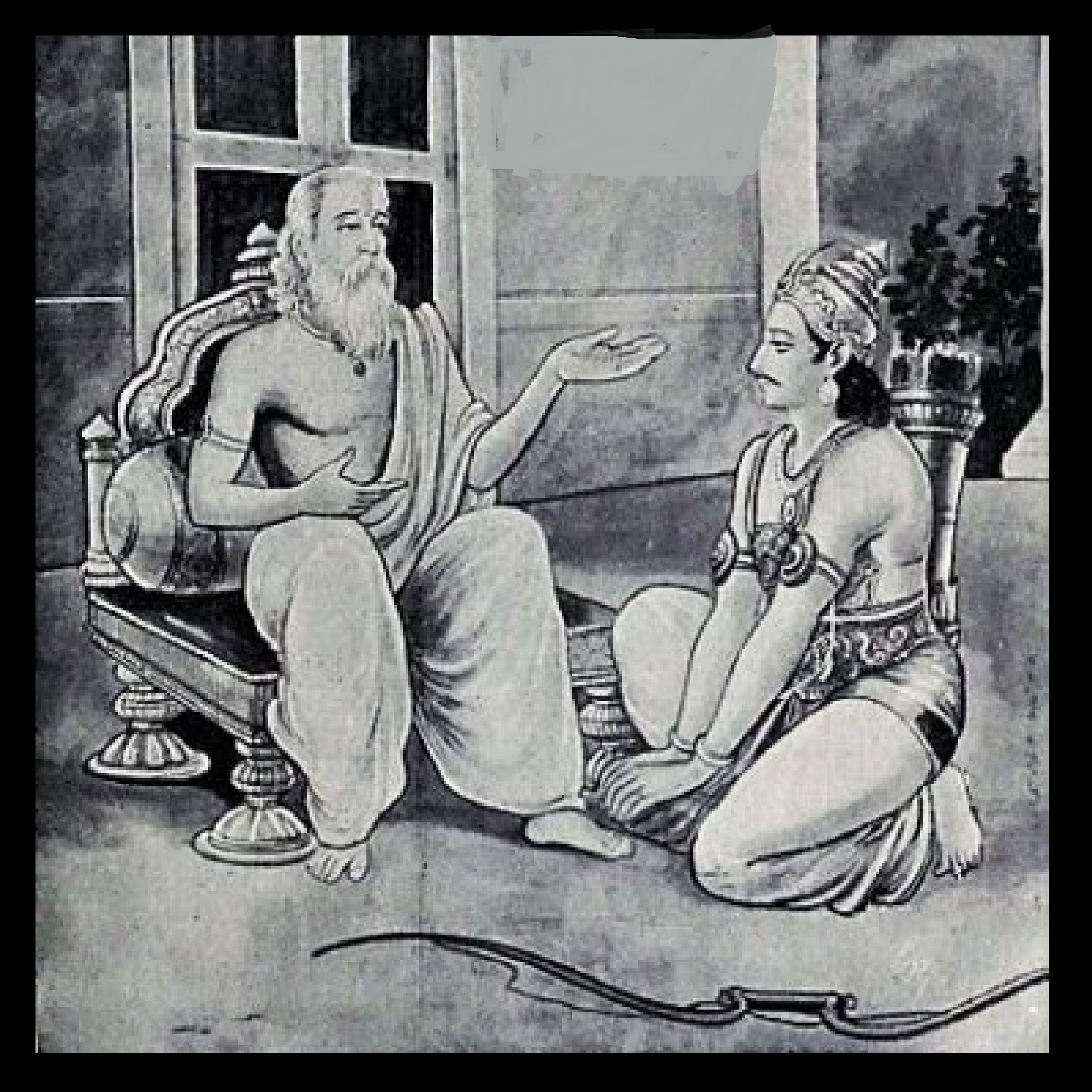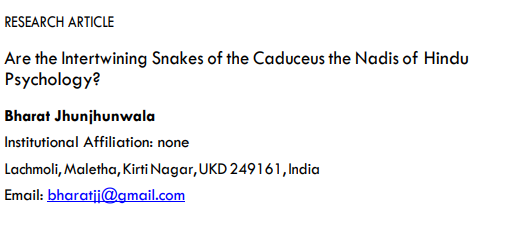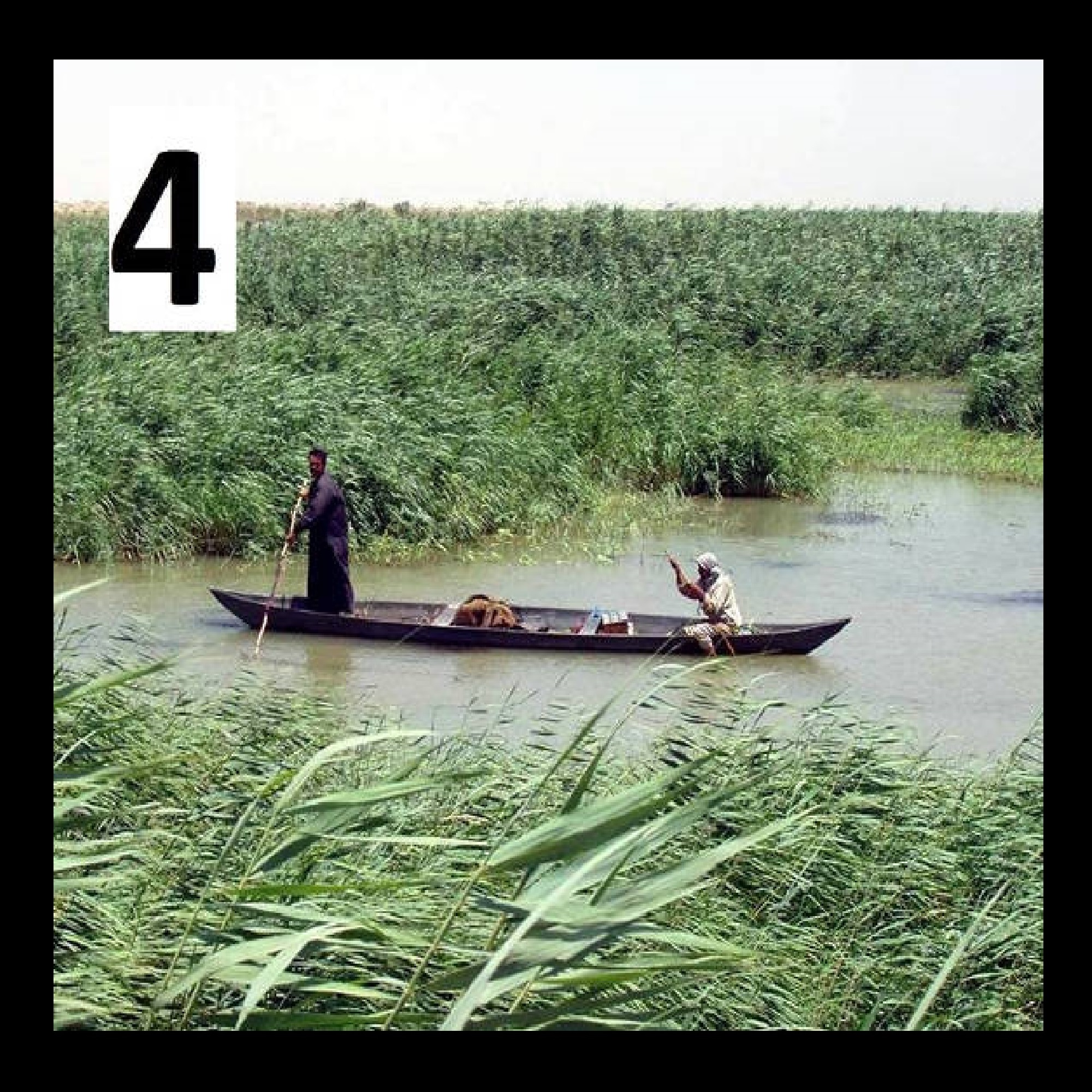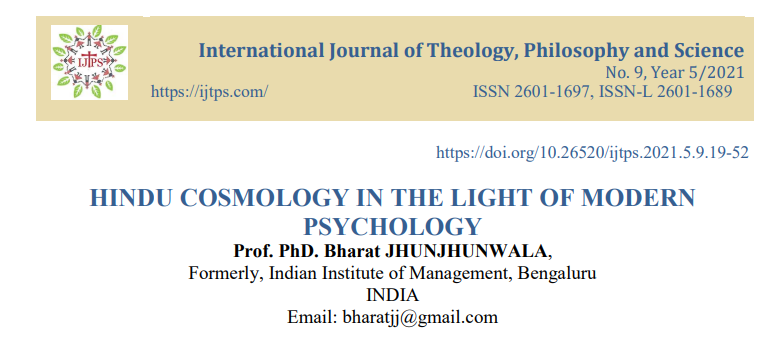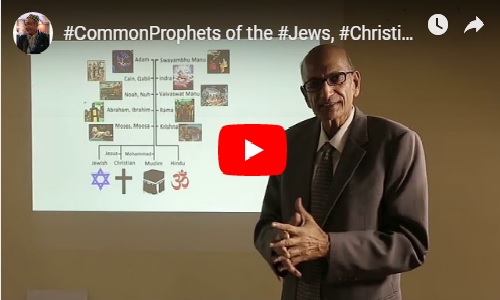Geographical Descriptions of the Exodus:
My study shows that the Adam, Noah, Abraham and Moses lived in the Indus Valley and Moses led the Exodus from here to Yisrael. I say this on the basis of the geographical descriptions of the Exodus…. given in the Bible. To begin with, let us be clear that the Bible only tells of the Exodus having taken from Mitsrayim. There is no “Egypt” in the Bible. The location of Mitsrayim has to be determined by looking at the geographical description and archaeological findings.
Conflict over straw:
The conflict between Moses and Pharaoh was on the collection of straw for making bricks. The sites of the Indus Valley have profuse use of baked bricks which indicates that this conflict could have taken place here. I give a picture of Chanhu-Daro in Pakistan, where I think the Biblical Mistrayim could be located at Picture No 1. One can see the use of baked bricks here. In contrast, the constriction material in Egypt was mainly stone.
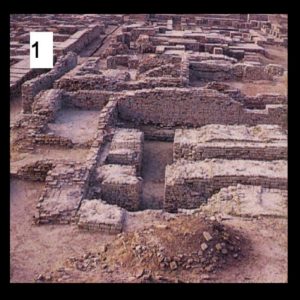
Yam suph:
The Hebrews crossed a water body named Yam Suph as they left Mitsrayim. They would have crossed the Indus River on their way west. The lower Indus River has eruptions of mud volcanoes as shown in figure 2. Erruption of such a volcano could have blocked the flow of river for a period of time and enabled the Hebrew to cross on dry river bed. Then the mud volcano got eroded the waters could have come back and down the pharaoh. No such natural phenomenon is know from Egypt or nearby.
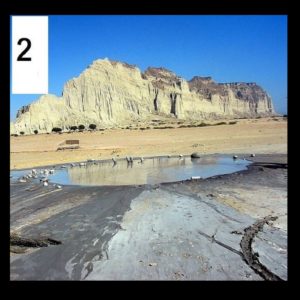
Mount Sinai:
Next they camped at Mount Sinai. Here a volcano had irrupted at that time. The Taftan volcano in southeast Iran falls exactly on the route from the Indus Valley to Israel. The volcano even now emits sulphuric gases shown in Picture 3. In contrast, there is no volcano in Sinai Peninsula.
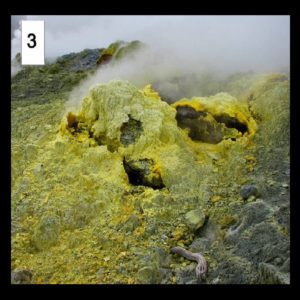
Another Yam Suph:
The Hebrews passed near another water body called Yam Suph before they reached Israel. This could be the Tigris- Euphrates River. The word Yam Suph means a sea of reeds. Reeds do grow on the banks of these rivers as shown in Picture 4. Reeds do not grow on the bans of the Red Sea or the Gulf of Aquaba. Thus, we find that the route of the Exodus as described in the Bible matches beautifully with the route from the Indus Valley to Yisrael. Accordingly, we suggest that Moses could have led the Exodus from the Indus Valley.
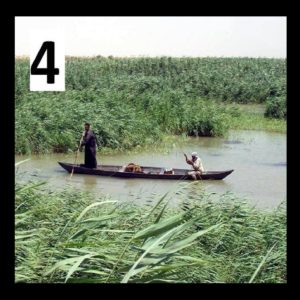
Now we show that the three earlier prophets namely Adam, Noah and Abraham could also have lived in the Indus Valley.
Adam lived at the Garden of Eden where four rivers flowed out of a mountain. Precisely such a situation is found at Pushkar in the Indus Valley as shown in Picture 5. Here four rivers flow in four directions and the place is located a top small mountain. The Hindu living tradition holds that creation took place here which matches with Adam being the first person. Lake Van in Turkey also has four rivers flowing in four directions but the lake is saline and not fit for a “garden.”
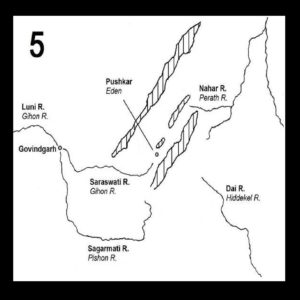
The Great Flood at the time of Noah could have taken place in Jalore in south Rajasthan. The area is prone to heavy flooding.They could have stayed put for 150 days. Flood waters in Iraq do not stay in Iraq. Abraham had joined in a war at the Salt Sea in the Plains to liberate his brother lot. Precisely such a place is found at Sambhar Salt Lake in northern Rajasthan . In contrast, the Dead Sea is not located in “plains.” Thus we see that the geographical descriptions given in the Bible match with the Indus Valley. Accordingly we suggest that Adam, Noah and Abraham lived here and Moses led the Exodus from here to Yisrael.
Also Read
- Similarity between names of the Biblical and Hindu tradition
- Was Biblical Mitsrayim and Quranic “misra” located at Mathura?
- Could the Garden of Eden and Mount Meru be the same place?
- Exodus: A Reconsideration of Hoffmeier’s “Out of Egypt”
- Ten Commandments of Moses and Krishna
Note: For more information on the theory of Common Prophets, Please like my FB Page One God One 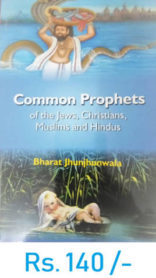 Religion, Subscribe my English channel One God One Religion, subscribe my Hindi Channel एक ईश्वर, and you may like to buy my book here.
Religion, Subscribe my English channel One God One Religion, subscribe my Hindi Channel एक ईश्वर, and you may like to buy my book here.
